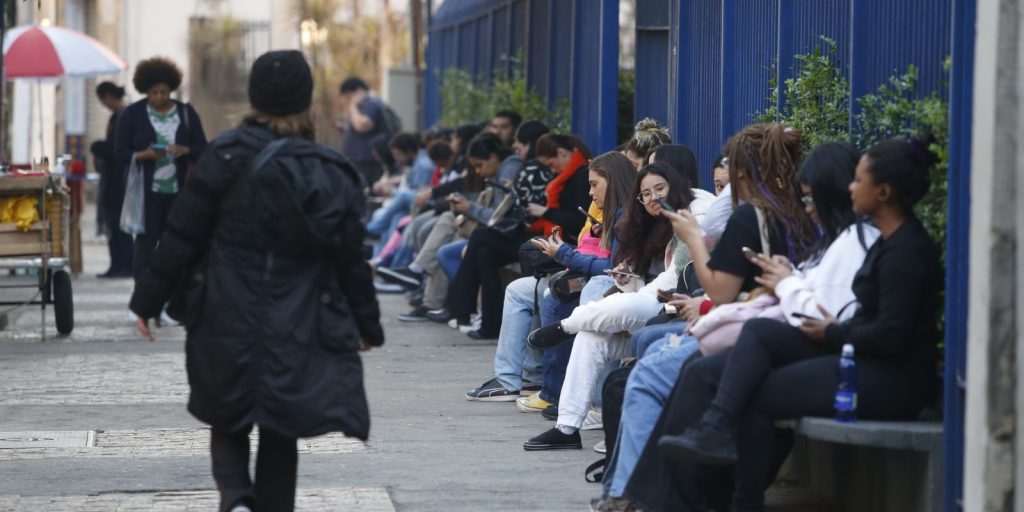For the past year there has been talk about a Colombian economy declines and, therefore, the need to make efforts to return it to a upward path.
However, to be clear about what is really happening with the national economy, It is necessary to be very clear about the terms when describing the current state of the country’s finances..
(You can read: ‘We are achieving economic reactivation’: Petro, on the GDP result).
Experts, union leaders, figures from the political diaspora, businessmen (be they small, medium or large) have spoken of recession, contraction and slowdown.But do they really mean the same thing? Here’s what we’ll explain.
Economic recession
PHOTO: iStock
Clear concepts
A economic recessionas defined by Bibiana Taboada and Mauricio Villamizar, members of the Board of Directors of the Bank of the Republicis, “In general terms, a situation of negative economic growth“, reflected in the decline in industrial production, sales and employment.
(Besides: Financing law has little room for maneuver and could leave benefits delayed).
As a complement, according to ‘El Economista’, a recession begins “when the economy reaches its maximum and ends when it reaches its minimum. Between the minimum and maximum, the economy is in expansion“.
A economic contractionon the other hand, is when an economy “ssuffers a general reduction in the production of goods and services in a market. Thus, as a consequence of the reduction, the gross domestic product (GDP) is temporarily reduced“, according to Francisco Coll Morales, analyst and editor of the specialized portal ‘Ecnonomipedia.
Finally, one economic slowdown happens when “The economic growth of a country or geographic region begins to slow down compared to previous periods“, according to Allianz.

Economic recession
iStock
What are the differences?
It should be noted that the difference between a recession and a contraction has to do with a slower growththat is, positive economic growth data can be presented that are increasingly lower than the previous one.
With that clear, we must then talk about the differences between a recession and a contraction and, perhaps the main one, is the time factor.
(Further: Petro explains how his proposal to implement forced investments would work).
According to Coll, an economic contraction is an economic event in which the economy suffers a general reduction in the production of goods and services.However, this reduction is usually very limited in time, so it is a temporary scenario.“.
The economic recession, he explains, is also a break in the production of goods and services, as its name suggests. However, as part of the business cyclethe economic recession usually presents a period of time broader than contraction. “It does not have a structural character, but it is persistent in the medium term.“, he adds.
PORTFOLIO

















